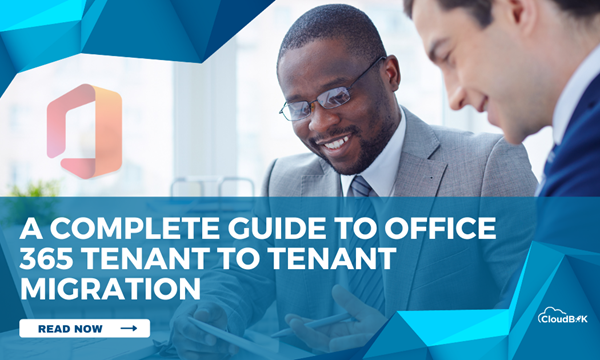
In the digital era, where businesses increasingly rely on cloud services to store, process, and manage their data, ensuring robust data protection measures is paramount to safeguard sensitive information from cyber threats and unauthorized access. As organizations navigate the complexities of cloud environments, it’s essential to prioritize data protection measures to mitigate risks and ensure compliance with regulatory requirements. In this comprehensive guide, we’ll delve into key strategies for building a stronger cloud defense, focusing on cloud security policy enforcement, leveraging cloud security solutions, maintaining compliance, enhancing IAM security, addressing cloud security misconfigurations, and optimizing IAM policies to bolster data protection.
1. Cloud Security Policy Enforcement:
Cloud security policy enforcement involves the implementation and enforcement of security policies and controls to protect data and resources stored in cloud environments. These policies define rules, permissions, and restrictions governing user access, data handling, network configurations, and other aspects of cloud security. By enforcing cloud security policies, organizations can mitigate the risk of unauthorized access, data breaches, and compliance violations. Key components of cloud security policy enforcement include access controls, encryption, data loss prevention (DLP), and security incident response mechanisms.
2. Leveraging Cloud Security Solutions:
Cloud security solutions play a pivotal role in enhancing data protection in cloud environments. These solutions provide organizations with the tools and capabilities needed to detect, prevent, and respond to security threats in real-time. From threat detection and vulnerability scanning to encryption and access controls, cloud security solutions offer a comprehensive suite of features to safeguard sensitive data from unauthorized access and cyber attacks. By leveraging cloud security solutions, organizations can strengthen their defense mechanisms and enhance data protection in the cloud.
3. Ensuring Cloud Security Compliance:
Compliance with regulatory requirements and industry standards is essential for maintaining the integrity and confidentiality of data stored in cloud environments. Organizations must ensure that their cloud infrastructure and security practices comply with relevant regulations such as GDPR, HIPAA, PCI DSS, and SOC 2. Compliance involves implementing robust security controls, conducting regular audits and assessments, and documenting security policies and procedures. By maintaining compliance with cloud security standards, organizations can mitigate the risk of fines, penalties, and reputational damage resulting from non-compliance.
4. Enhancing IAM Security:
Identity and Access Management (IAM) security is critical for controlling user access and permissions within cloud environments. IAM policies define who has access to which resources and what actions they can perform. By implementing IAM policies that align with security requirements and best practices, organizations can enforce the principle of least privilege and minimize the risk of unauthorized access and data breaches. Key IAM security measures include role-based access controls (RBAC), multi-factor authentication (MFA), and regular IAM policy reviews and updates.
5. Addressing Cloud Security Misconfigurations:
Cloud security misconfigurations are a common cause of security breaches in cloud environments, often resulting from human error, inadequate security controls, or lack of awareness. These misconfigurations can lead to unauthorized access, data exposure, and compliance violations. To address cloud security misconfigurations, organizations should implement proactive measures such as regular security assessments, automated configuration management, and employee training programs. By addressing cloud security misconfigurations proactively, organizations can mitigate the risk of data breaches and strengthen their overall security posture.
6. Optimizing IAM Policies:
IAM policy optimization is essential for ensuring that access to cloud resources is granted based on the principle of least privilege. By regularly reviewing and updating IAM policies, organizations can minimize the risk of unauthorized access and data breaches. IAM policy optimization involves fine-tuning access permissions, removing unnecessary privileges, and enforcing security best practices. By implementing IAM policies that align with business requirements and security standards, organizations can enhance data protection measures and mitigate the risk of insider threats and security breaches.
Conclusion:
In conclusion, building a stronger cloud defense requires a holistic approach that prioritizes data protection measures, including cloud security policy enforcement, leveraging cloud security solutions, maintaining compliance, enhancing IAM security, addressing cloud security misconfigurations, and optimizing IAM policies. By implementing these strategies, organizations can strengthen their defense mechanisms, mitigate security risks, and safeguard sensitive data from cyber threats and unauthorized access in today’s dynamic and evolving cloud environment. As the digital landscape continues to evolve, proactive measures and strategic investments in cloud security are essential for ensuring the integrity, confidentiality, and availability of data in the cloud.











